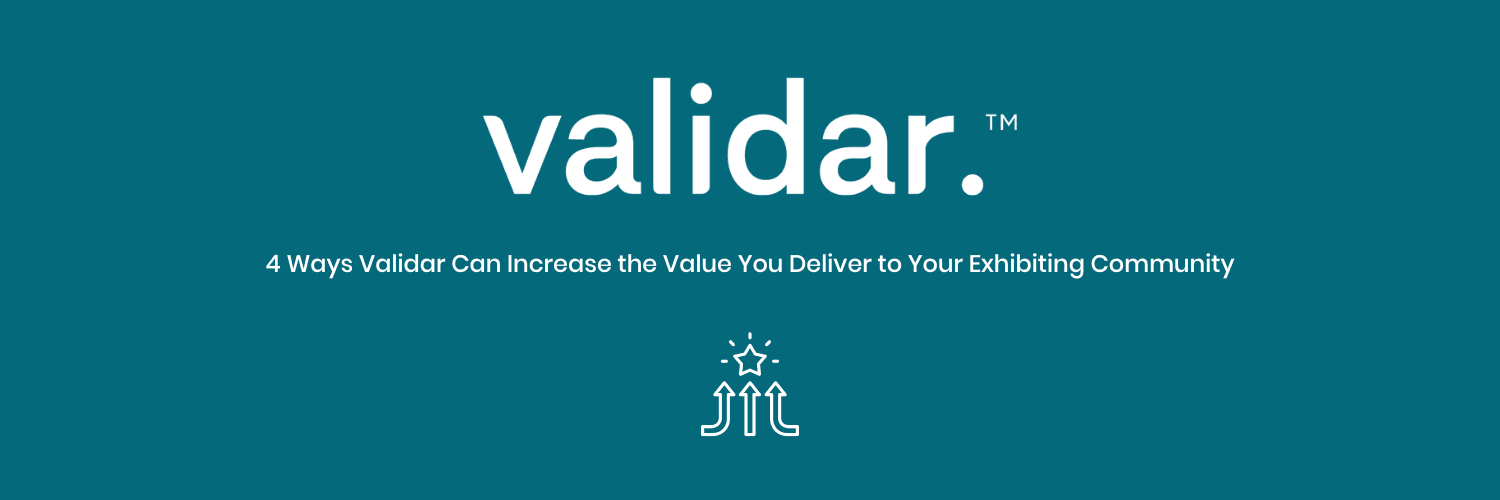{{image}} Historically, marketers have used lead generation—the process of creating new contacts for the sales team—as a primary metric for their success. This measurement can assure that quantity will easily begin taking precedence over quality, and sales teams become tasked with the time-suck of following up on leads that are not ready to speak with a salesperson or perhaps not even interested at all. Rather than focusing and measuring the top of the funnel (lead generation) activity, and then passing those leads down to sales, pipeline marketing focuses on identifying where each lead falls within your buying cycle, delivering content that is relevant to enable decision making. Your goals are then based on revenue and the customer’s experience with a given brand. When you’re hosting or attending an industry event, remember that a pipeline marketing campaign starts with setting specific goals. Once you know what you want to achieve, you figure out the best way to unite marketing and sales activities and to put your strategy in motion. Here are a few pipeline marketing tips to keep your sales and marketing teams on the same page:
- Focus on key metrics: Before any event, have marketing and sales meet to discuss key performance metrics (KPIs) that relate to revenue goals rather than leads. Agree upon the definition of a “sales-ready lead”, the subsequent buying stage levels below “sales ready”, and the content strategy for each stage. Rather than only collecting an email or phone number customize your lead retrieval solution to align with these stages and if possible, try to sign someone up on the spot for a free trial or limited time offer.
- Focus on revenue: Lead generation focuses on collecting names or contacts. Pipeline marketing focuses on categorizing contacts based on their readiness to buy. Take the time to speak with attendees about what prompted their interest in stopping by and what their needs are. By finding out more than just an email or job title, you can categorize your leads and then tailor specific marketing materials to accelerate their decision to buy.
- Track your ROI: Pay careful attention to the marketing activities that don’t translate into dollars and eliminate them if they become obsolete. Testing marketing and sales strategies on live people, at an event, can be a huge help when you’re back at the office brainstorming. Don’t be afraid to get out of your comfort zone and try new things.
More coordination between teams means more visibility over how your brand performs before, during, and after an event. It’s estimated that including sponsored events, marketing departments devote roughly half of their total budget to lead generation, and yet many individual marketers are left in the dark about whether their lead-generation efforts resulted in closed sales. Moving customers through your pipeline, towards an eventual sale, is the most important thing you can do as an organization. By focusing on revenue, marketing and sales team have a goal worth working towards. For more on the future of event planning technologies and sales strategy, bookmark our blog, and visit Validar.com.



.png&w=3840&q=75)


